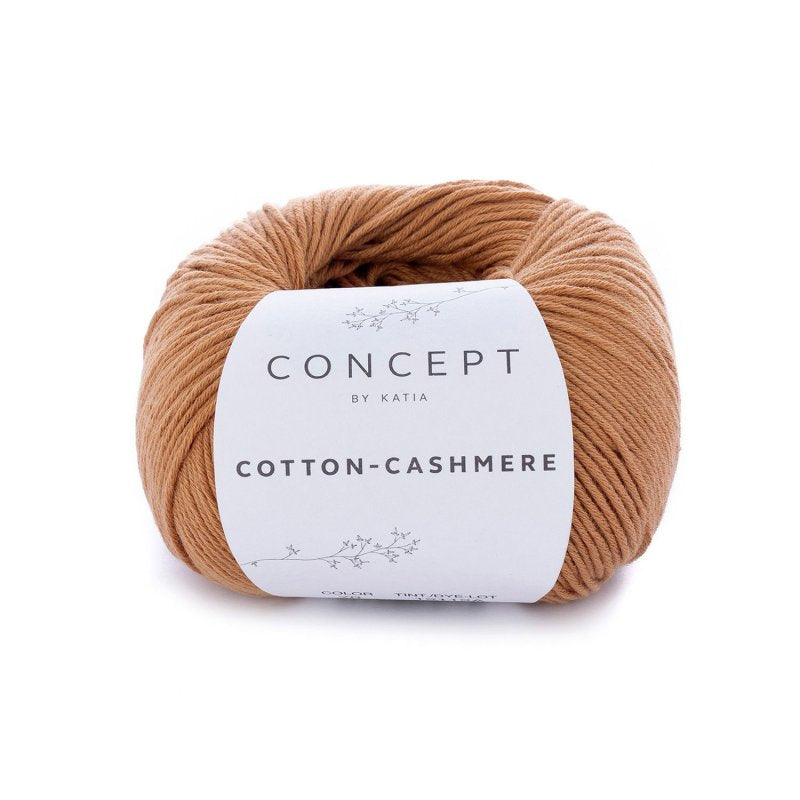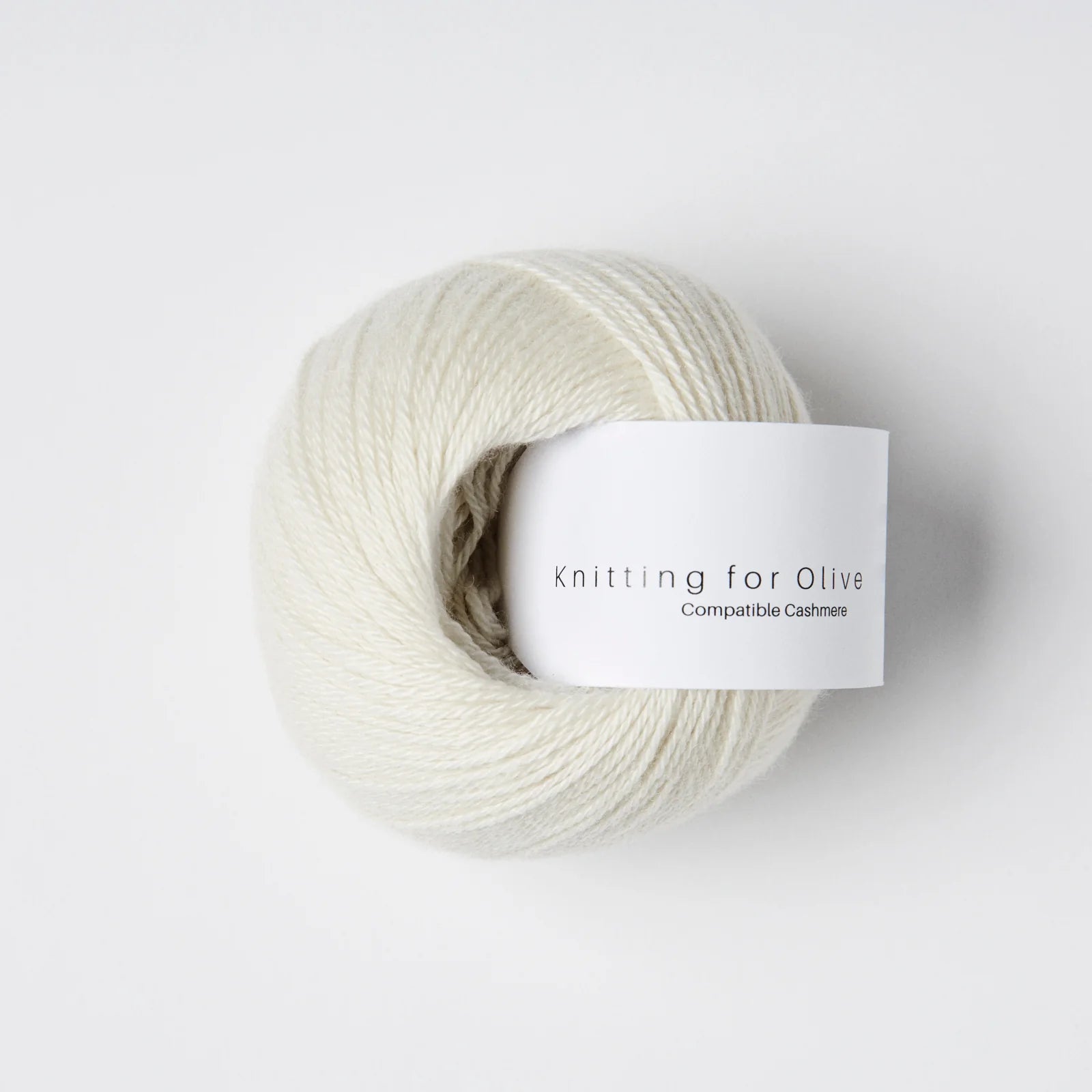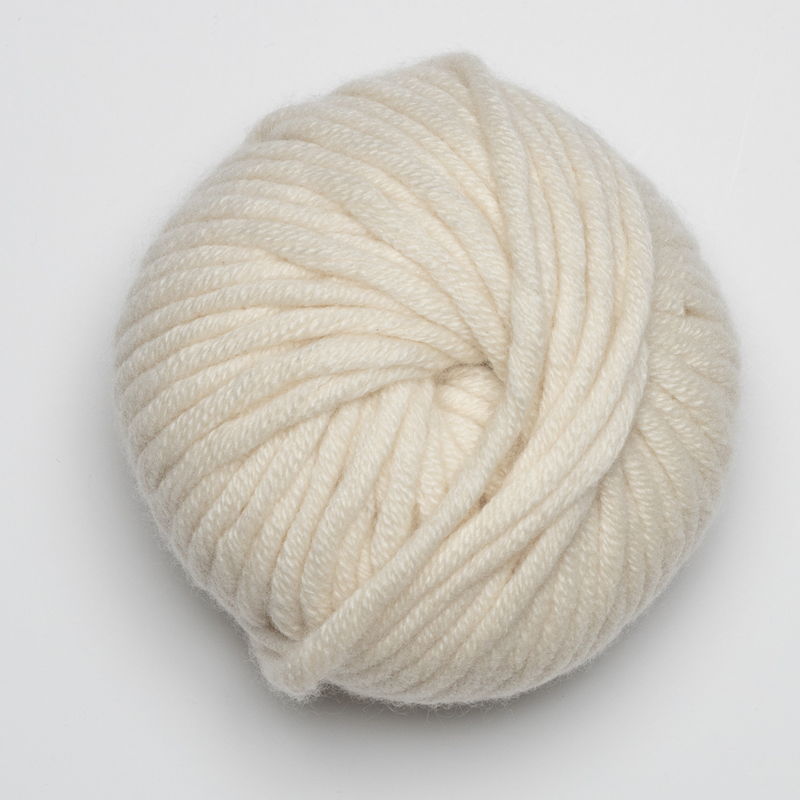What Material Is Cashmere? Understanding Its Distinctive Characteristics and Uses
What Material Is Cashmere? Understanding Its Distinctive Characteristics and Uses
Blog Article
Reasons You Must Need Cashmere an All-natural Fiber for Convenience and Style in Everyday Wear
In the realm of fabrics, few fibers measure up to the deluxe and convenience of cashmere. This distinct material, recognized for its superior soft qualities and insulation, offers unrivaled comfort and style for daily wear. But what establishes it apart from other fibers? How does it impact the environment and just how does it compare to artificial alternatives? Additionally, just how can one best utilize cashmere to elevate their design? These fascinating questions lay the structure for an enlightening expedition into the world of cashmere.
Understanding the Extravagant Nature of Cashmere

Reviewing the Convenience Factor of Cashmere Clothes
Cashmere's unique fiber framework permits for breathability, managing temperature level and avoiding getting too hot. Cashmere's hypoallergenic homes additionally contribute to its comfort, making it a suitable choice for sensitive skin. In significance, the comfort of cashmere is obtained from its softness, breathability, resilience, hypoallergenic nature, and adaptability.

The Ecological Impact and Sustainability of Cashmere
While the convenience and sophistication of cashmere are unquestionably appealing, it's similarly vital to consider its connection with the atmosphere. Cashmere production, primarily in Mongolia and China, entails increasing cashmere goats, which can dramatically strain delicate meadow ecological communities due to overgrazing. This can lead to desertification, a pressing environmental concern. In addition, the handling of cashmere, involving washing and dyeing, can also add to water contamination if not correctly handled. Nonetheless, initiatives are being made to develop lasting cashmere manufacturing approaches, such as rotational grazing and cleaner handling techniques. For this reason, while cashmere has environmental effects, its sustainability mainly depends upon production methods.
Comparing Cashmere to Synthetic Fibers: A Cost-Benefit Analysis
Regardless of its environmental difficulties, cashmere offers a distinct set of advantages over artificial fibers. On the price side, cashmere is undeniably much more pricey as a result of its labor-intensive manufacturing procedure. Yet, the advantages make it worth the financial investment. Cashmere's all-natural fibers use unequaled soft qualities and warmth, equating into convenience that artificial fibers have a hard time to match. Moreover, cashmere items are extremely sturdy, promising longevity that offsets first expenses with time. Unlike artificial fibers, cashmere does not add to microplastic air pollution, making it a more lasting selection. In contrast, synthetic fibers, while less costly upfront, supply less convenience, have shorter life expectancies and posture ecological problems. Hence, when analyzing cost-benefit, cashmere's premium qualities make it a beneficial financial investment for everyday wear.
Styling Tips With Cashmere for Everyday Sophistication
Having actually taken into consideration the cost-benefit analysis of cashmere compared to artificial fibers, it comes to be clear why this elegant product is a popular selection for many. When styling cashmere for day-to-day find sophistication, simplicity is essential. Eventually, the intrinsic sophistication of cashmere makes it a versatile addition to any closet, effortlessly enhancing everyday attire with a touch of deluxe.

Verdict
In recap, the exceptional residential properties of cashmere make it a valuable addition to any wardrobe. Its elegant feeling, convenience, versatility, and breathability to differing temperature levels are unequaled. Furthermore, cashmere's sustainability and reduced ecological influence compared to artificial fibers even more improve its charm. The ageless beauty of cashmere, combined with its convenience, includes refinement to everyday wear. Investing in cashmere garments is a beneficial choice for style, sustainability, and convenience.

Report this page